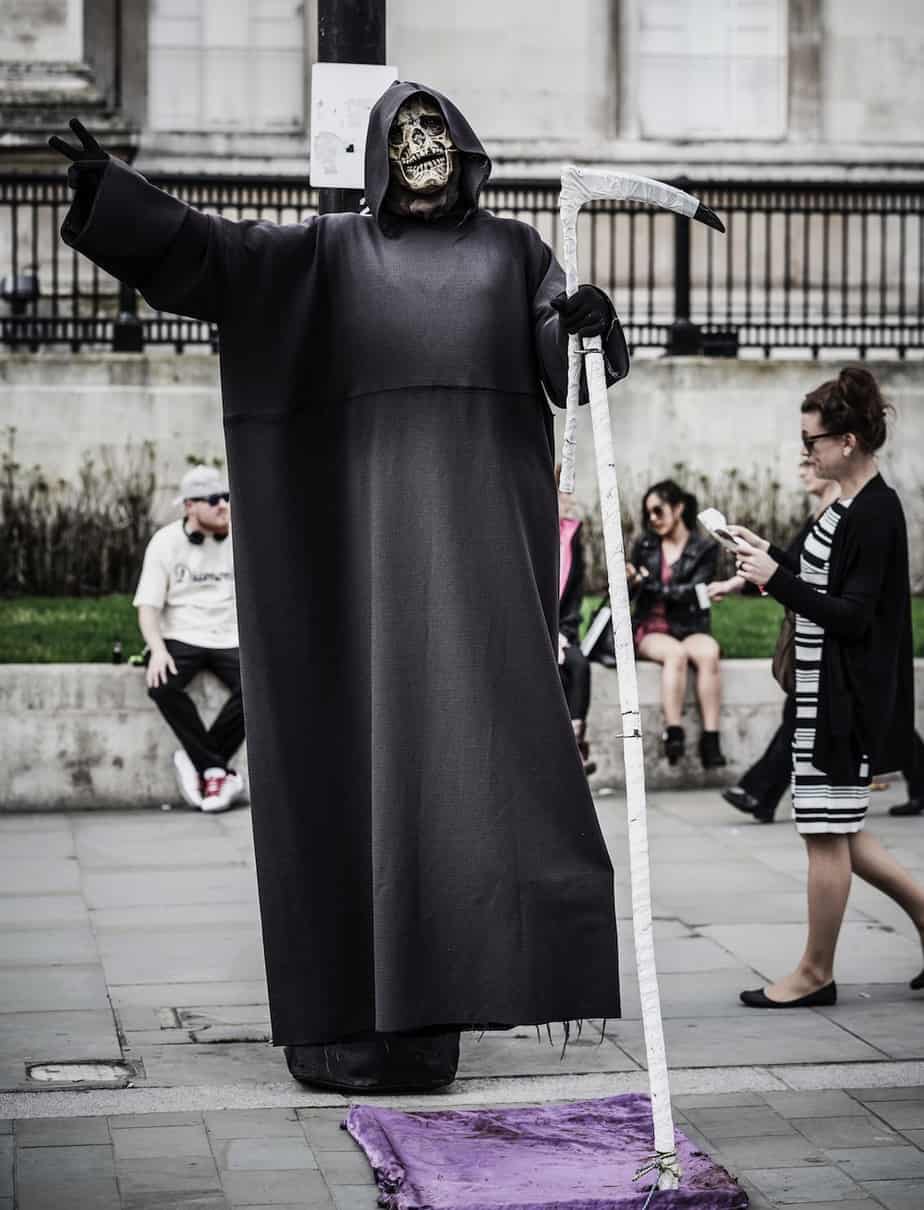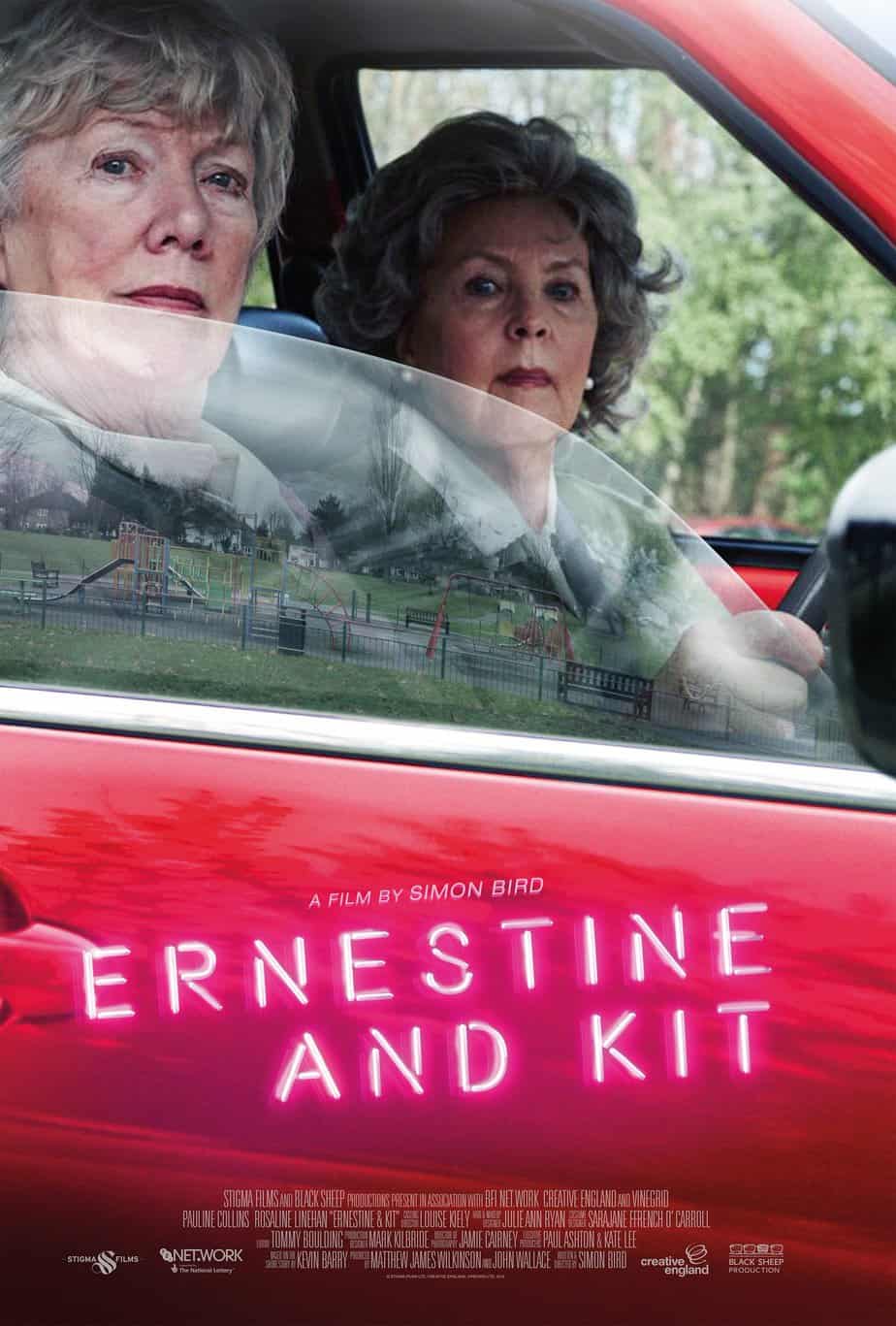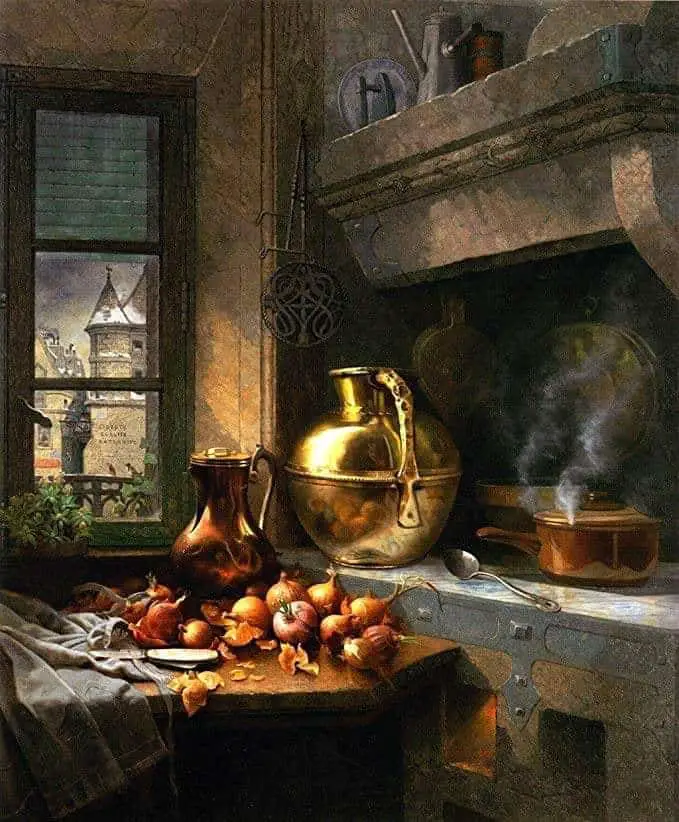-
Favourite Words of Moira Rose

Moira Rose is the dramatic matriarch of the Rose family and a soap opera star, who takes an interest in civics after moving to Schitt’s Creek.
-
Tales From Outer Suburbia by Shaun Tan Analysis
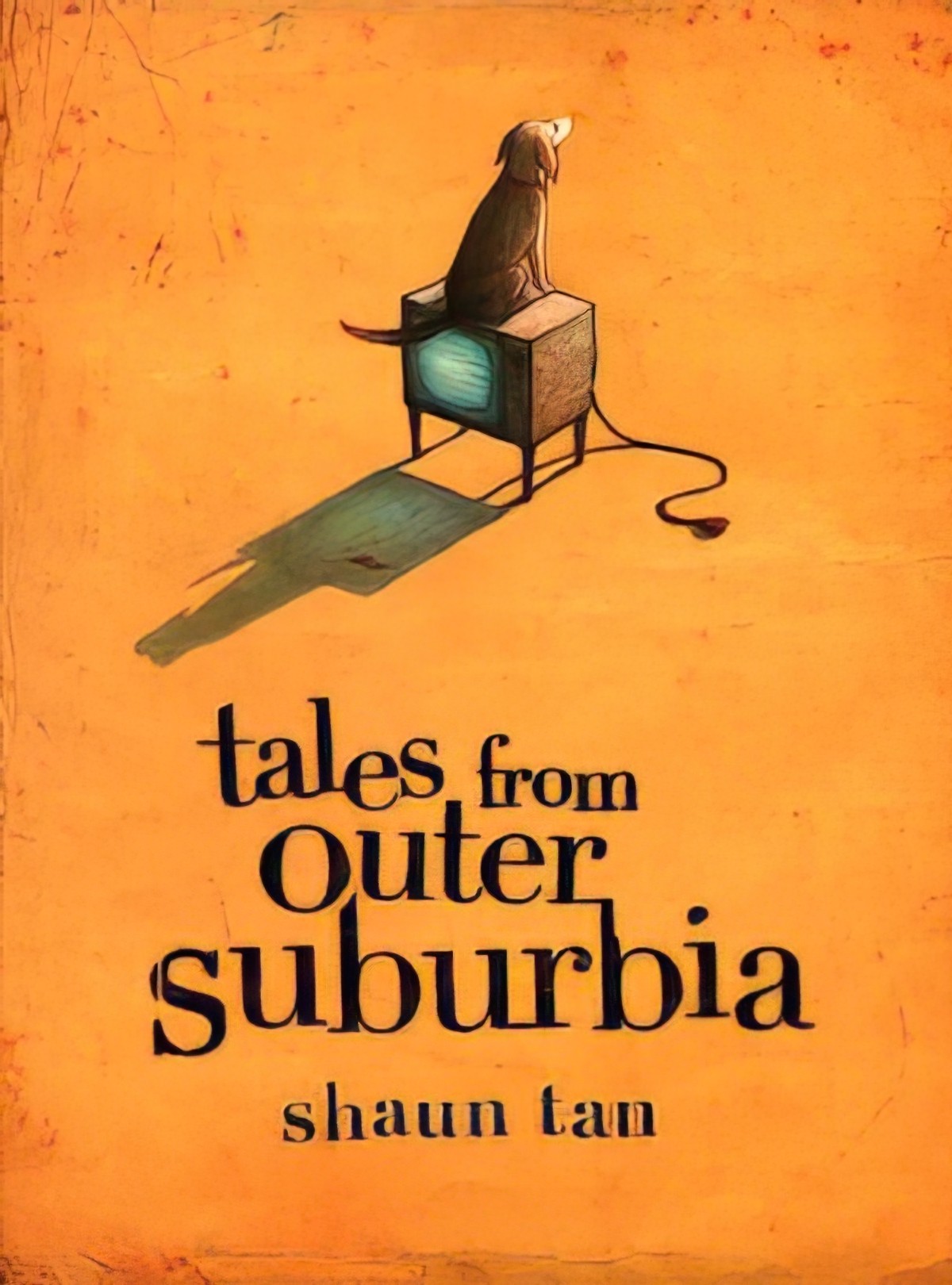
The common thread between stories in this compendium: All stories are set in the same, off-kilter suburb. Some of the stories have no words, and might consist only of a single frame of narrative art. Creative Arts teachers find this really useful in the classroom.
-
A Family Man by V.S. Pritchett Short Story Analysis
“A Family Man” is a short story by British writer V.S. Pritchett (1900-1997), published in a 1977 edition of The New Yorker. Pritchett was a critic as well as a writer, and as a writer, was best known for the short form.
-
Gallatin Canyon by Thomas McGuane Short Story Analysis
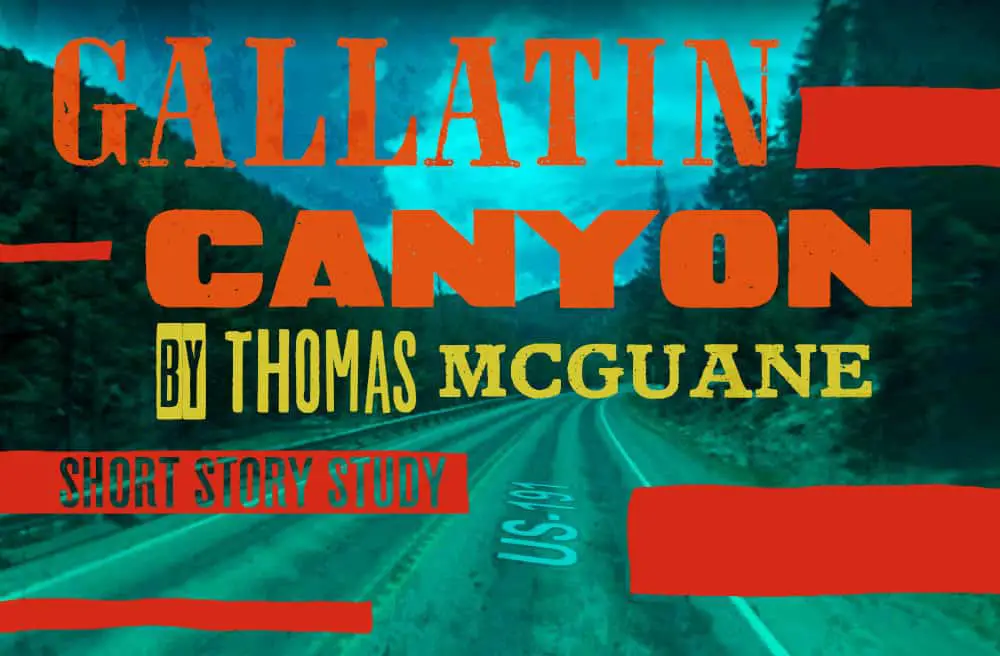
“Gallatin Canyon” is a short, grim road trip story by American author Thomas McGuane. This story served as the title of McGuane’s 2006 collection. In 2021, Deborah Treisman and Téa Obreht discussed its merits on the New Yorker fiction podcast. SYNOPSIS A man and a woman drive through Gallatin Canyon, toward Idaho, where the narrator…
-
On Rhyming Picturebooks and Children’s Poetry Analysis
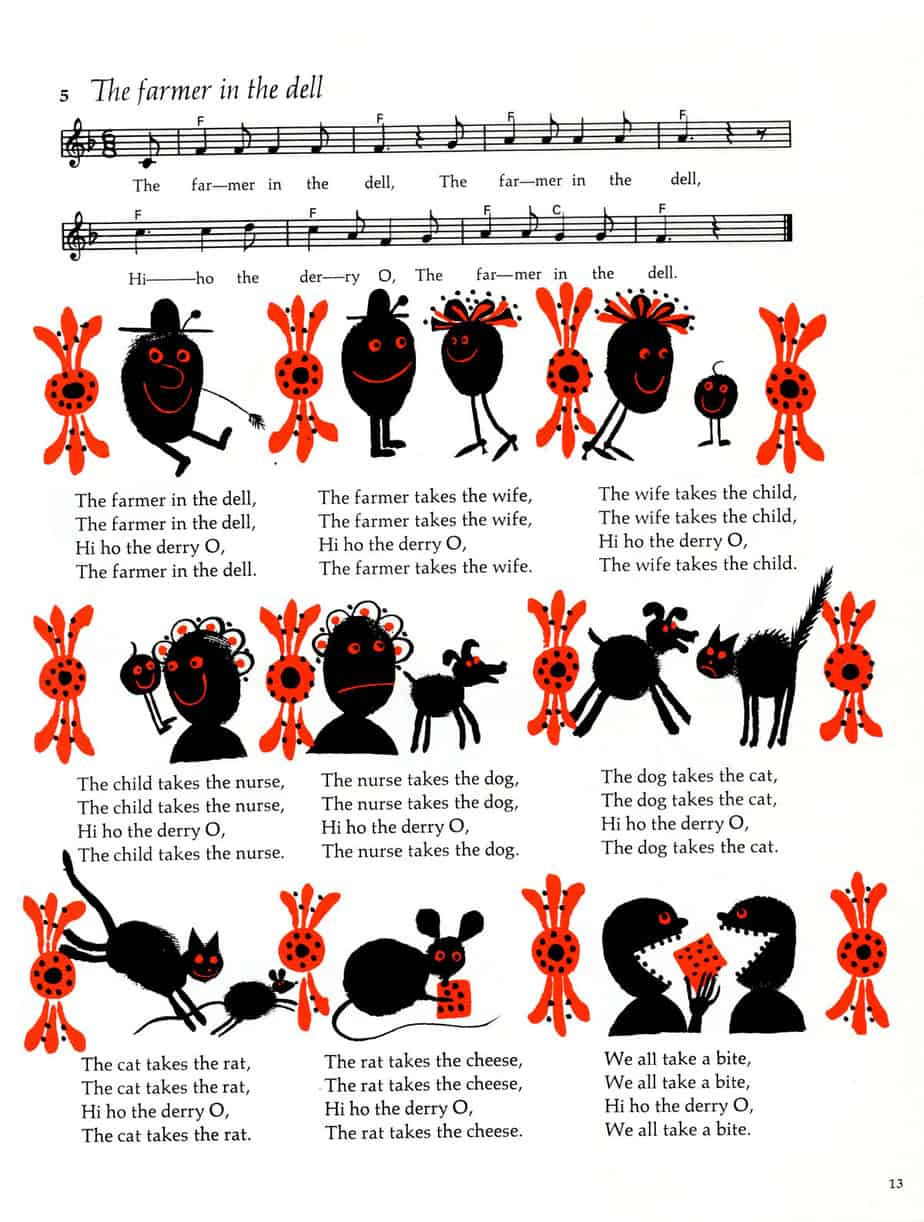
Examine the work of rhyming masters like Jane Yolen, Jack Prelutsky, Karma Wilson, Sudipta Bardhan-Quallen and Corey Rosen Schwartz. Tara Lazar, How To Write Children’s Picturebooks “If it’s going to rhyme, it’s just terribly important that there’s some repeated phrase, some sort of chorus-y bit.” Julia Donaldson, The Guardian interview In 1991 an editor in…
-
Making Use Of Cognitive Biases In Storytelling
Cognitive biases are at play when an audience interprets any work of art. Storytellers can make use of them, and regularly do.
-
Which Is More Than I Can Say About Some People by Lorrie Moore Short Story Analysis
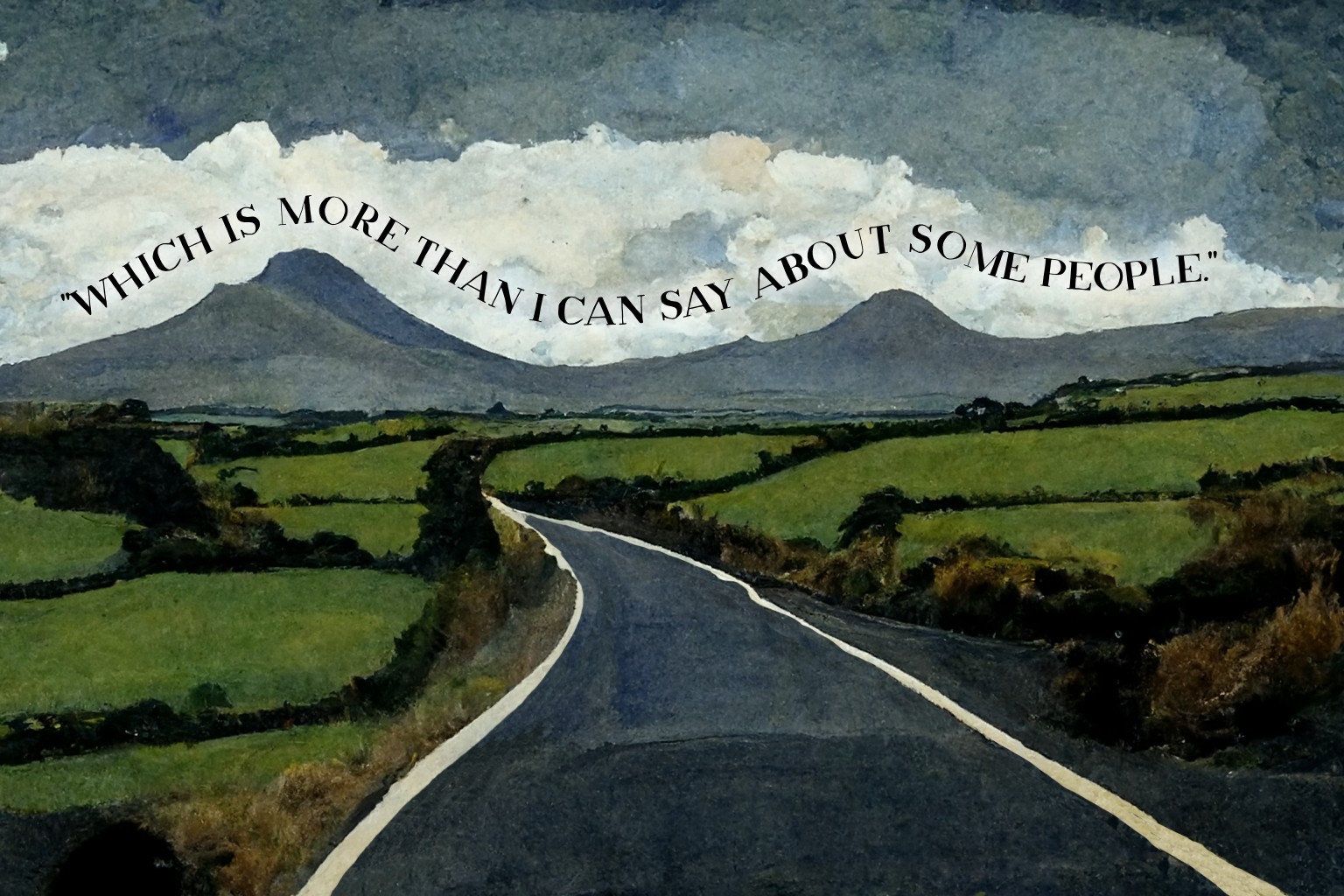
“Which Is More Than I Can Say About Some People” is a mother-and-daughter road trip short story by American writer Lorrie Moore. This story was published in The New Yorker in November 1993. Also find it in Birds of America (1999) and The Collected Stories. The title of this story comes from something the mother of this…
-
How To Write Like William Trevor
William Trevor didn’t like giving interviews. Part of the reason: Interviewers would try to get him to break down his process. But he considered the entire thing a mystery; he could never explain how he wrote. He worried that if he got too “academic” in his approach, he’d no longer be able to write. (He…
-
Death Symbolism in Art and Literature
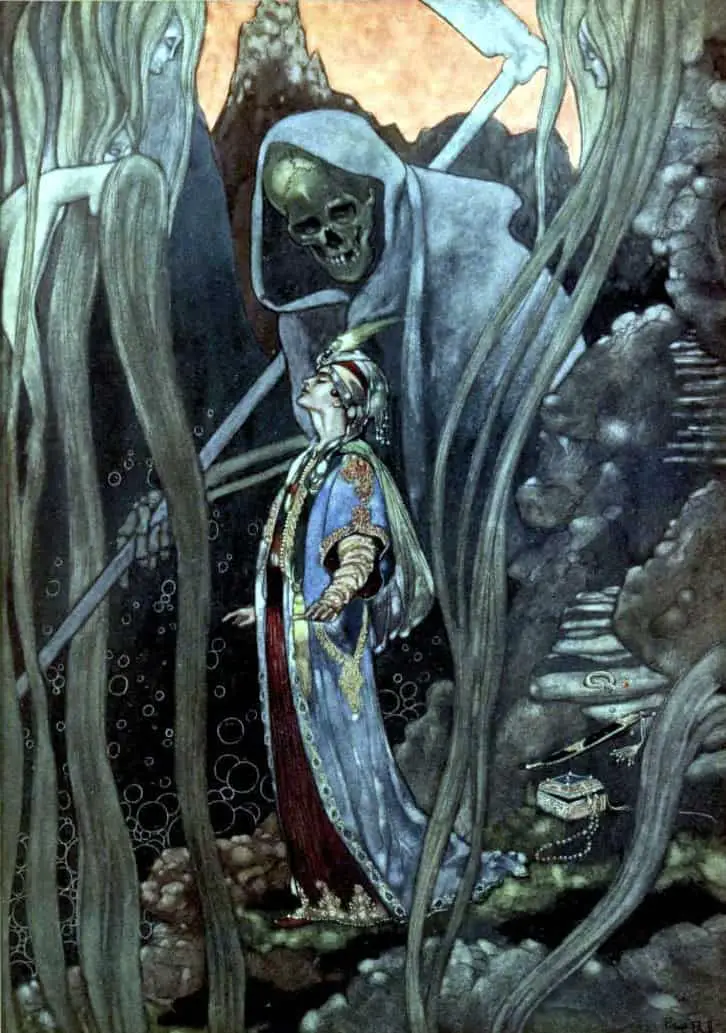
For Death must be somewhere in a society; if it is no longer (or less intensely) in religion, it must be elsewhere; perhaps in this image which produces Death while trying to preserve life. Contemporary with the withdrawal of rites, Photography may correspond to the intrusion, in our modern society, of an asymbolic Death, outside…
-
Symbolism of The Child
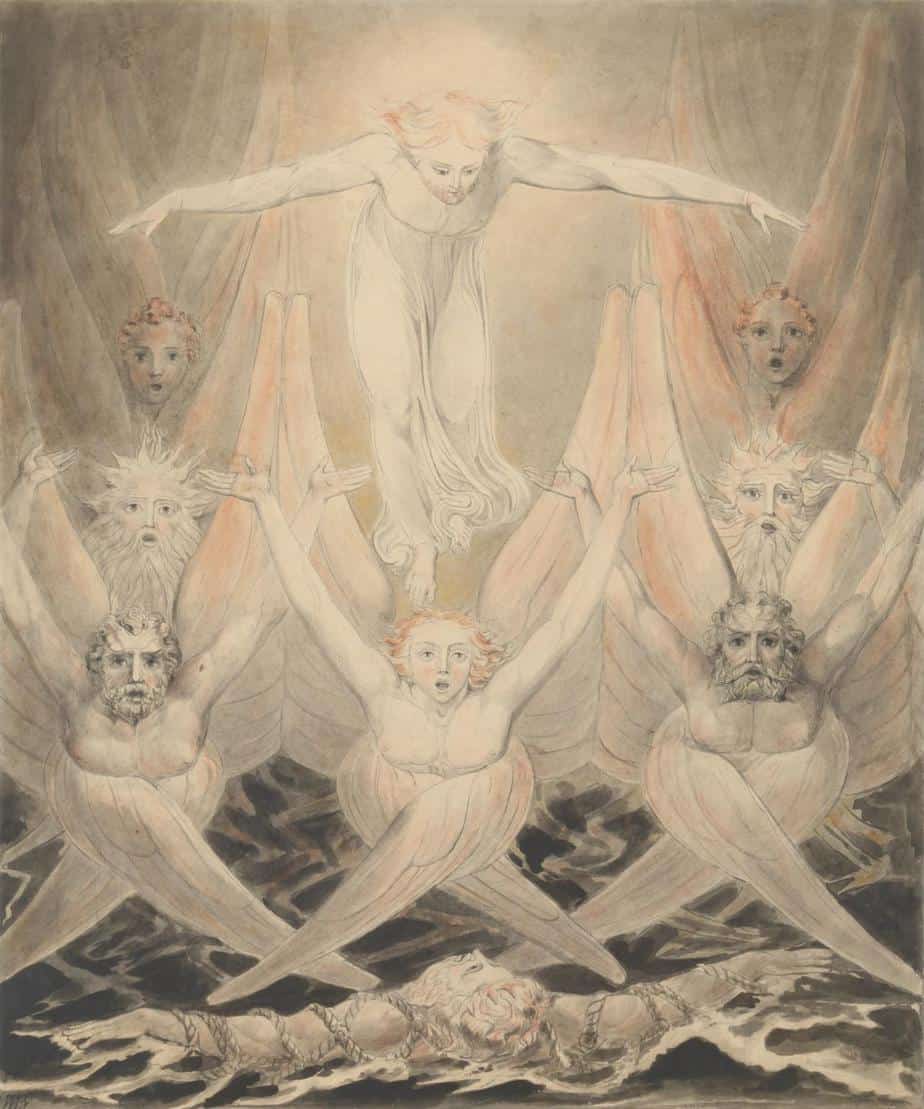
Critics who treat adult as a term of approval, instead of merely a descriptive term, cannot be adult themselves. To be concerned about being grown up, to admire the grown up because it is grown up, to blush at the suspicion of being childish; these are the marks of childhood and adolescence […] The modern…
-
A Continuum of Imaginative Powers

I enjoy stories about characters with wild imaginations, and that may partly explain why I love children’s books. From Where The Wild Things Are to highly symbolic fairytales to post-modern off-kilter realities, children’s literature is full of dreamscapes and fantastic journeys. But stories of imaginative power don’t end with childhood — there are many examples…
